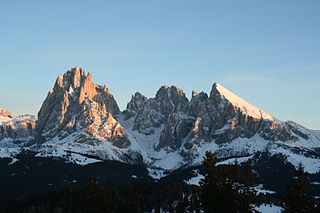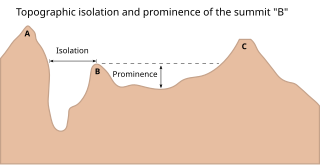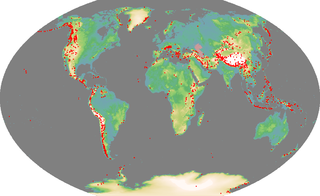Terminology
The prominence of a peak is the minimum height of climb to the summit on any route from a higher peak, or from sea level if there is no higher peak. The lowest point on that route is the col.

In geomorphology, a col is the lowest point on a mountain ridge between two peaks. It may also be called a gap. Particularly rugged and forbidding cols in the terrain are usually referred to as notches. They are generally unsuitable as mountain passes, but are occasionally crossed by mule tracks or climbers' routes. The term col tends to be associated more with mountain rather than hill ranges.
For full definitions and explanations of topographic prominence, key col, and parent, see topographic prominence. In particular, the different definitions of the parent of a peak are addressed at length in that article. Height on the other hand simply means elevation of the summit above sea level.
Regarding parents, the prominence parent of peak A can be found by dividing the island or region in question into territories, by tracing the runoff from the key col (mountain pass) of every peak that is more prominent than peak A. The parent is the peak whose territory peak A resides in.

A mountain pass is a navigable route through a mountain range or over a ridge. Since many of the world's mountain ranges have presented formidable barriers to travel, passes have played a key role in trade, war, and both human and animal migration throughout Earth's history. At lower elevations it may be called a hill pass. The highest vehicle-accessible pass in the world appears to be Mana Pass, located in the Himalayas on the border between India and Tibet, China.
The encirclement parent is found by tracing the contour below peak A's key col and picking the highest mountain in that region. This is easier to determine than the prominence parent; however, it tends to give non-intuitive results for peaks with very low cols such as Jabal Shams which is #110 in the list.
Note that either sort of parent of a typical very high-prominence peak such as Denali will lie far away from the peak itself, reflecting the independence of the peak.

Denali is the highest mountain peak in North America, with a summit elevation of 20,310 feet (6,190 m) above sea level. With a topographic prominence of 20,156 feet (6,144 m) and a topographic isolation of 4,629 miles (7,450 km), Denali is the third most prominent and third most isolated peak on Earth, after Mount Everest and Aconcagua. Located in the Alaska Range in the interior of the U.S. state of Alaska, Denali is the centerpiece of Denali National Park and Preserve.
Most sources (and the table below) define no parent for island and landmass highpoints; others treat Mount Everest as the parent of every such peak with the ocean as the "key col".
In the table below, where a single parent is listed, the different definitions agree; where two are given, the prominence parent is marked "1", and the encirclement parent "²".
This page is based on this
Wikipedia article Text is available under the
CC BY-SA 4.0 license; additional terms may apply.
Images, videos and audio are available under their respective licenses.









